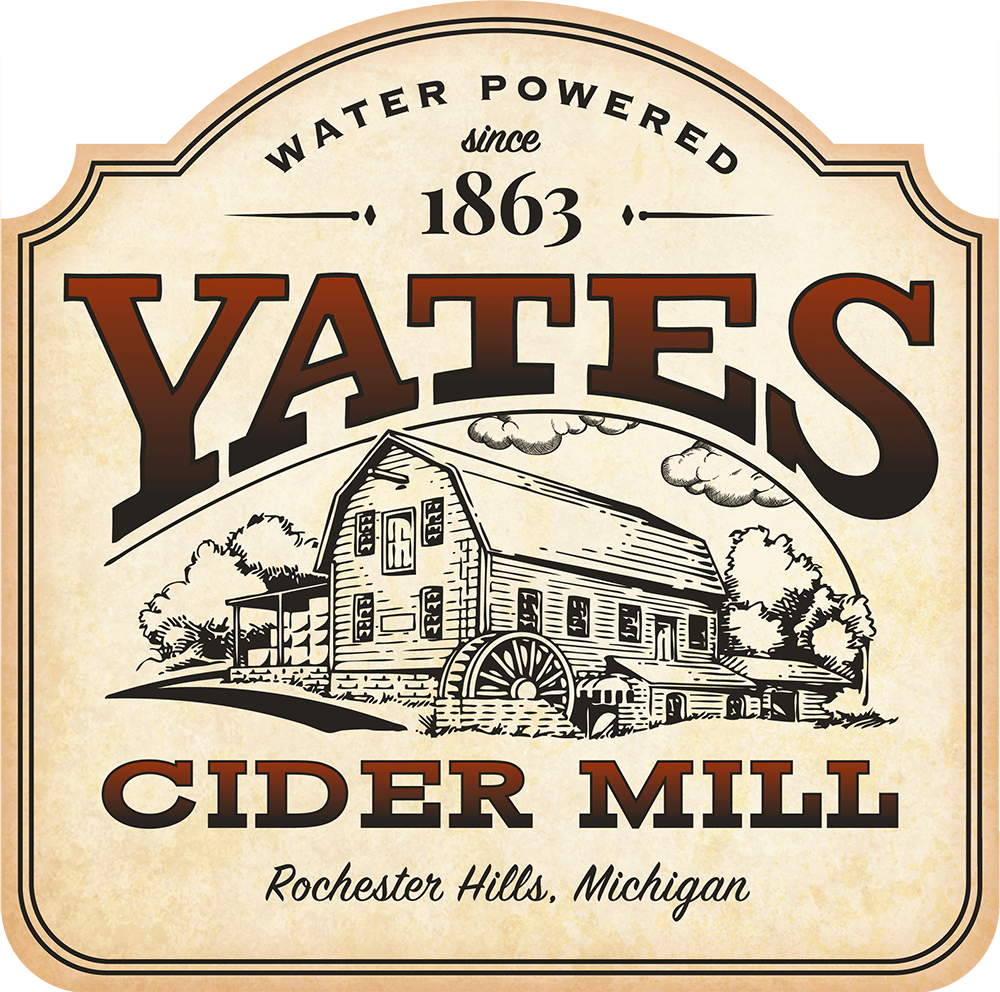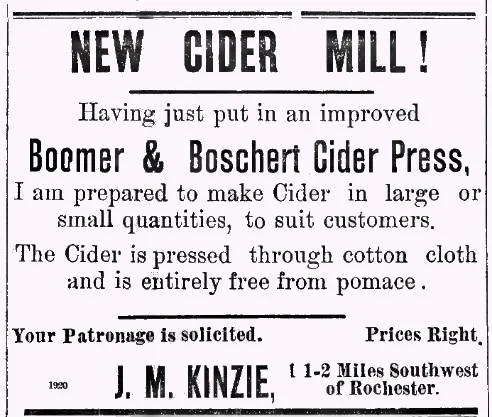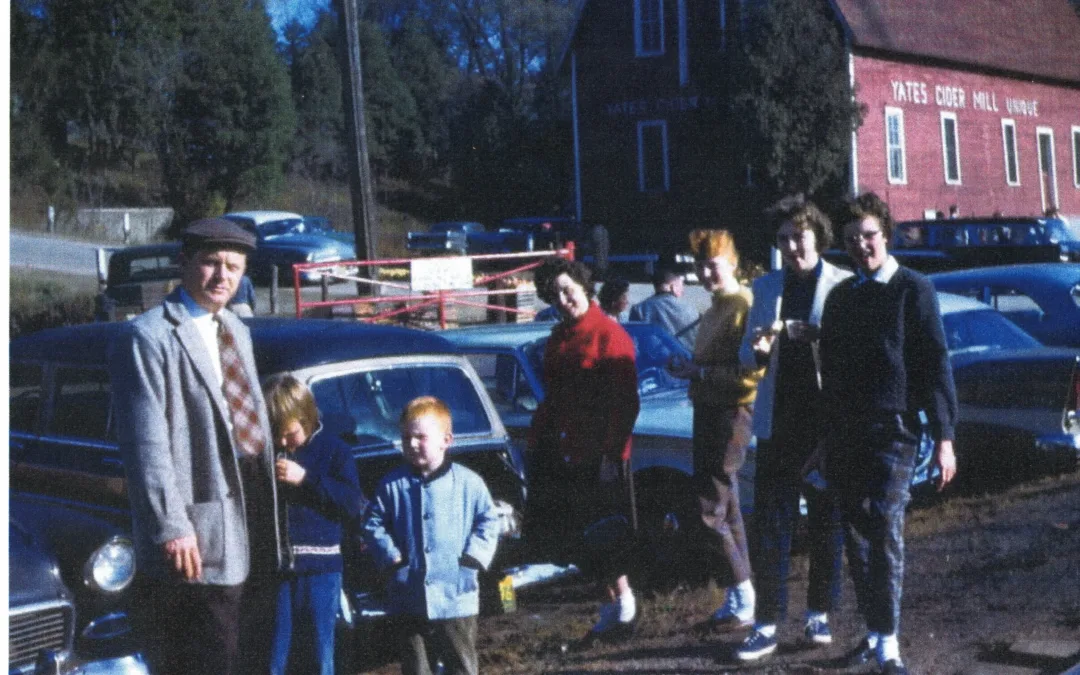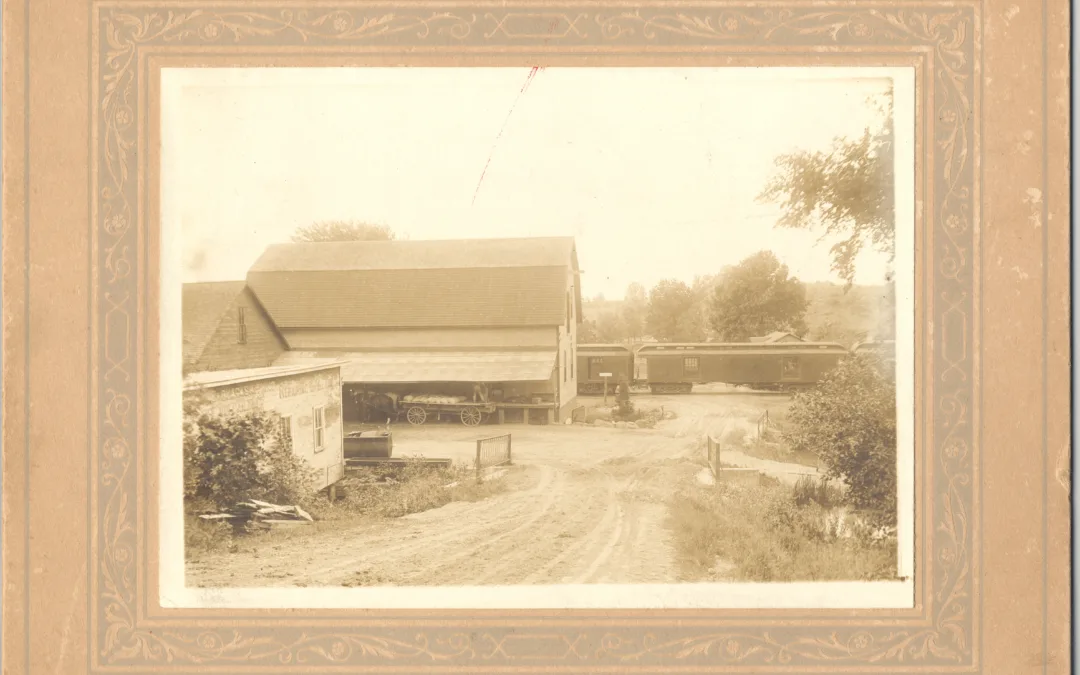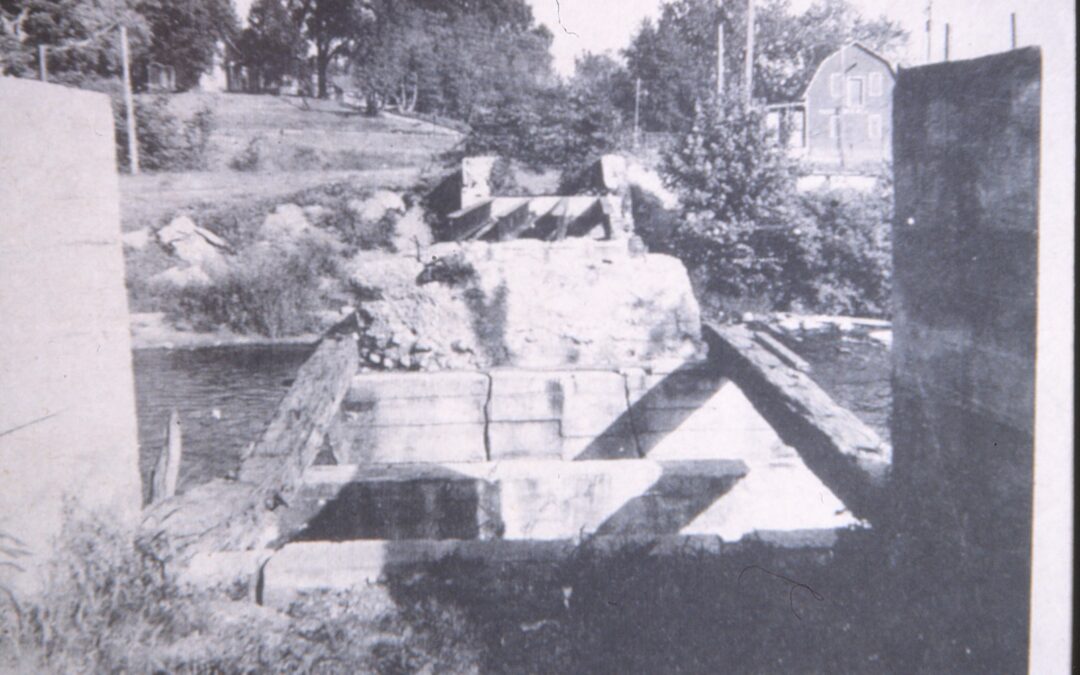We know that William H. Yates began pressing cider at his mill on the Clinton River in 1874, but how big was the apple production in the local area that his mill served?
In the 1880 agricultural census, Avon Township’s 166 farmers reported that collectively, they had a total of just under 700 acres of land in apple orchards. That acreage contained 20,493 bearing apple trees and produced 4,758 bushels of apples during the 1879 growing season. Joshua Van Hoosen of Stony Creek had by far the largest orchard, with twenty acres containing 1000 bearing apple trees, but he was not the largest producer. That trophy went to Burdick Fuller, whose farm on part of what is now the Oakland University campus, had twelve acres of orchard that produced 400 bushels of apples in 1879.
It is interesting to note that the entire apple production of Avon Township (now Rochester Hills) in 1879 amounted to only about nineteen percent of what Yates Cider Mill currently presses each year. Typically, here at Yates, we go through about 25,000 bushels of apples in a season.
With a strong local apple crop, William Yates’s foray into cider-making made good business sense. He did have some competition from time to time, however. When Yates started his press in 1874, his nearest large competitor was John Clark’s Pontiac Cider Mill. Clark’s mill was a busy one, and in 1874 advertised to purchase 10,000 bushels of apples from area farmers. Here in Avon Township/Rochester Hills, Calvin Greene had produced some cider for a few years around 1873 at his sawmill near the corner of Avon and Livernois roads. This mill was later taken over by John M. Kinzie, whose principal business was beekeeping and building beekeeping supplies, but Kinzie installed a Boomer & Boschert press in the old Greene sawmill in 1891 and began producing cider as well. Kinzie closed his mill in 1905.
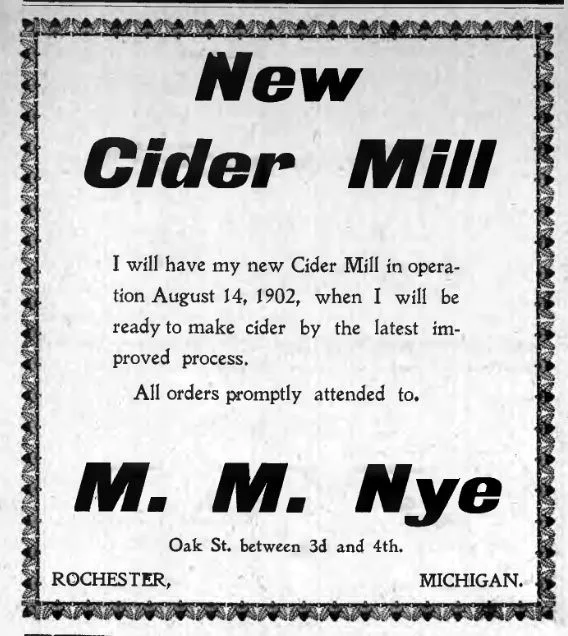
Meanwhile, in the village of Rochester, Merritt M. Nye was briefly a player in the cider business. Nye first made cider at his home on Oak Street in 1901, and in 1904 he moved his operation to a building near the Grand Trunk railroad depot under the South Hill Bridge. Nye closed out his cider mill and left town in 1905, leaving William Yates as the only major producer of cider within the township borders at that time. It has been 118 years since Nye’s cider mill closed, and Yates is still going strong!
Written by Deborah Larsen
Freelance writer, Copyeditor, Proofreader,
Research Committee chairperson with
Rochester Avon Historical Society
